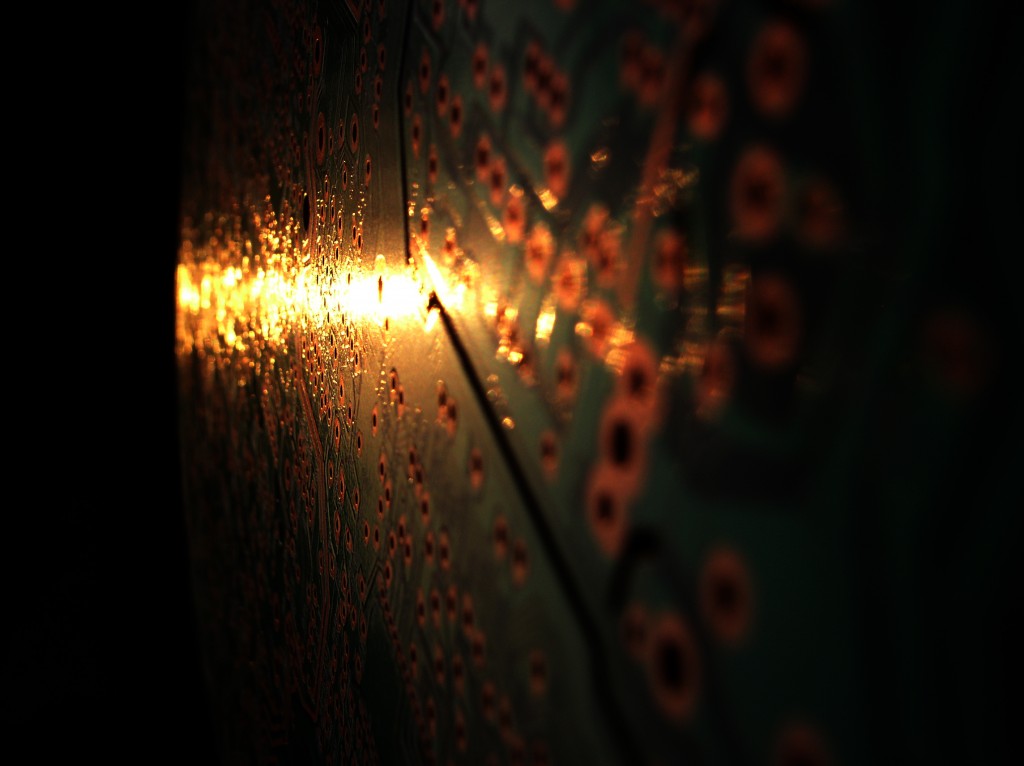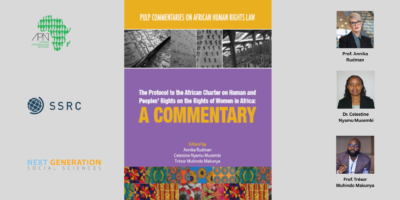 I fell in love with the Perfect Man at a young age. He was humble, compassionate, strong, disciplined, affectionate, and, in all this, pure and selfless. His climb reached the highest towers. He defended the world against the enemy and his girl from harm. Although defeated in the end, he became the quintessential martyr, the model of meekness.
I fell in love with the Perfect Man at a young age. He was humble, compassionate, strong, disciplined, affectionate, and, in all this, pure and selfless. His climb reached the highest towers. He defended the world against the enemy and his girl from harm. Although defeated in the end, he became the quintessential martyr, the model of meekness.
The Perfect Man of Iranian Shia Sufism prepared me for precisely the qualities that made me fall for King Kong as a child. In my dream-like displacements of Amerika as the land of progress and technology, King Kong’s climb up the antenna-topped Empire State Building represented the Perfect Man’s direct line of access to an otherworldly realm.
My childhood crush was not as off-kilter as some crushes tend to be. The Perfect Man, the supreme exemplar for every Shia believer after Ayatollah Ruhollah Khomeini’s takeover of the Iranian state, may not have been as hairy or muscular as my true love, but he was every bit as wired to another world, streaming great power and divine attributes across cyberspace. To understand this exemplar is to catch a glimpse of the spiritual cyborg in all of us.
Returning in February 1979 from years of exile abroad, Khomeini’s initial move was to turn to media and film technology. In his first speech to the Iranian people, at the cemetery where the martyrs of the Iranian Revolution were buried, he didn’t reject these technologies outright; instead, he deemed it necessary that they undergo a thorough cleanse. This entailed the rejection of Western capitalist modes of production and representation, which he said presented to the collective eyes and the ears of the people a visual logic that would weaken the body of the nation. According to the new leader, the just-toppled regime had subjected the Iranian senses to foreign imperialism through these media.
Purifying Iranian film and media implied the reconstitution of the Perfect Man. Purity in Islam, as sociologist Abdelwahab Bouhdiba explains, “is a state that makes possible a dialogue with the sacred.” 1See chapter five, “Purity Lost, Purity Regained,” in Abdelwahab Bouhdiba, Sexuality in Islam, trans. Alan Sheridan (London: Saqi Books, 1998). But purity is not “gratuitous”; purification is a means by which the believer regains control over the body and the forces that cause delusion. Indeed the repossession of the purity of the senses could permit access to the imaginal realm. There resides Shia Islam’s messianic Twelfth Imam, and perhaps all the other imams; there, also, is the original image of all things. Western, capitalist cinema produces only corrupted copies of this ideal world, but those who are summoned to the imaginal realm can witness it directly.
This experience involves a process of purification in which the purity and modesty of the gaze is essential. In his numerous talks, Khomeini suggested that the technologies of film and media will, once sanctified, give the believer access to the imaginal realm, thus extending the collective senses of the nation. Since accessing the imaginal realm also means accessing the imams who reside there, they can then be called upon to right the wrongs let loose on believers by aggressors.
In all this shifty rhetoric of mysticism, the Perfect Man of Khomeini’s revolutionary Iran amounts to an Islamic cyborg, inextricably wired to media technologies. Through these, he sees the sacred and is in communication with it. And the gesture of calling on the imams to intervene in the affairs of the world implies no less than ushering in of the Day of Judgment, which is at once the day of resurrection and the day on which the Twelfth Imam will redeem all past history to justice and perfection.
On June 20, 2009, in the midst of the crisis following the contested election of Mahmoud Ahmadinejad to the presidency of Iran, a Twitter account called @persiankiwi tweeted that very potent Day.
On, June 12, state media announced that Ahmadinejad had won the elections, with 63 percent of the vote, just a handful of hours after the polls closed. In the days that followed, waves of protesters dressed in iridescent green—signifying the color of the imams—and occupied the streets and boulevards of Iran’s major cities. In the first days of the protests, they did so in silence, carrying placards that asked, “Where is my vote?”
No one really knew who the person behind the Twitter handle @persiankiwi was at the time, but @persiankiwi started tweeting from Tehran a day or so after the election results were announced. @persiankiwi’s tweets alternately expressed anguish over getting timed-out because of overburdened phone lines and wonderment that Iranians were once again taking to the rooftops to raise the call of “Allahu akbar,” as he remembered that they had during the revolution, thirty years earlier. From the rooftops, @persiankiwi reported, they denounced the Supreme Leader, the new dictator who now sat in the Shah’s place.
“2am,” @persiankiwi tweeted in English on June 14, “and people still on roof shouting death to khamenei. a week ago that was unthinkable. people very fed up. want freedom. #Iranelection”
In the days that followed—hours, and sometimes days, ahead of international news networks—@persiankiwi’s reports in both English and Persian attracted tens of thousands of followers. Working with a nomadic team of 3 to 4 hackers, armed with several video cameras, CB radios, and numerous phone lines, @persiankiwi remained a reliable source of detailed information about the situation on the ground in Tehran until his sudden disappearance on June 24.
On June 20, noting the night’s rooftop chants, @persiankiwi tweeted about the sea of people donning iridescent green in opposition to the regime:
http://bit.ly/WXYu3 – Tehran is alive with the Sea of Green – #Iranelection – RT RT RT
— persiankiwi (@persiankiwi) June 19, 2009
The link in the tweet led to a video on oldouz84’s YouTube channel. In it, an anonymous rooftop poet had recorded a video that night, inscribing into her verses the calendrical “day of destiny,” that marks the imminent arrival of the Day of Judgment.
During Friday prayers on June 19, the Supreme Leader, Ayatollah Ali Khamenei, had reiterated his support for Ahmadinejad’s presidency, declaring a halt to the protests and promising their active suppression. This was a promise, not a threat. The people’s refusal would usher in a confrontation between good and evil.
The rooftop poet’s video opens to a dark screen, and her voice narrates in Persian from outside the frame: “Friday, 29 Khordad, 1388 [June 19, 2009]. Tomorrow is Saturday. Tomorrow is the day of destiny.”
Tonight, the sound of Allahu akbar can be heard louder and louder than previous nights
Where is this place?
…
Where is this place where the only thing people can do is shout the name of God?
Where is this place where the sound of Allahu akbar can be heard louder and louder?
Every day I wait to see if at night the voices will be louder and louder
My body trembles (short pause) I do not know if God trembles too
Where is this place where we have been innocently imprisoned?
Where is this place where no one remembers us?Where is this place, where our voices are heard worldwide through our silence? (gentle sobbing)
…
Where is this place where its people are named “low-lifes” and “thugs”?
Where is this place?Do you want me to tell you?
This is Iran.
This is my land and yours
(pause)
This is Iran.
To schedule that Saturday as the Day of Judgment was to promise the messianic confrontation of the Third Imam, Imam Hussein, with the brute force of evil. That Day also marks the return of “the guide,” the Twelfth Imam, and thus redeems in this one moment of mystical innocence, courage, and heroism, the history of the whole world.
“Varying in pitch, timbre, loudness, and duration,” writes anthropologist Sertag Manoukian about the voices on the video, “they sustain the stillness of the image and turn darkness into a narrative.” 2Setrag Manoukian, “Where is this Place? Crowds, Audio-vision, and Poetry in Postelection Iran,” Public Culture 22:2 (Spring, 2010).
In calling on the greatness of God, the persistent loudness of the protesters’ voices makes the poet’s body tremble. She wonders if the people’s call is received: “I do not know if God trembles too,” she whispers. Her sobbing voice, as the symptom of a trembling body, locates her. She is a mourner, who witnesses the tragedy of the nation in the here and now, much like the tragedy that befell the Third Imam and his party in Karbala, in present-day Iraq, in the year 680.
This is “perilous communication,” Manoukian notes. Iran of June 2009 was Karbala memed. The poet is memed too, by the medium that transmits her voice, a memed Islamic cyborg who participates in the confrontation between the forces of good and evil.
The poet’s nightly YouTube messages continued as communiqués to God. Saturday, the Day of Judgment arrived. June 20 witnessed the killing of many in the streets by Iranian security forces, including Neda Agha-Soltan, whose death went viral as a video on social media. The rooftop poet sobbed into the video she recorded that night, sometimes amplified with her own Allahu akbar‘s the multiplicity of voices that seem to gain in intensity. Memed and transmitted, the voices used the digital intermediary of YouTube to awaken God to the tragedy happening on that sacred land that is not exactly Karbala, but Karbala now memed as Iran. Transmitting to the divine threshold, the poet cries: “Wake up!” “Listen!” Addressing God, she adds, “This voice is coming out from our depths.”
Technologically reconstituted and virally memed, along with the thousands of voices she transmits, the rooftop poet carries out the role of the Perfect Man, the Islamic Cyborg of Khomeini’s post-Revolutionary Iran endowed with technological limbs, purified from their Silicon Valley origins, with special access to the sacred.
Unaccustomed as we are to our own cybernetic existence, we tend not to notice the full sensory reality of a given tweet. A tweet has no more than 140 characters, after all—how potent could it possibly be? But tweets are partly eyes and ears, partly connectors, partly simulators, and partly time machines. Sometimes they operate as alarm clocks that call on us, and on the divine too. Tweets have historical memories and cultural contexts, even mystical contexts. These contents and contexts should seep into not just how we read a tweet’s content, but also how we come to understand the meaning of the medium itself.












This piece, I think, is my favorite of the series so far. It shows the ways in which 140 characters is not limiting, but is an invitation.
Your opening line on the perfect man, I thought, would bring up some Corbin as well. There are so many layers of meaning that need to be peeled back in all of this.
I use Zahra’s Paradise to talk about the religious language that’s coded in so much of the 2009 protests. It is subversion, (re)appropriation, and reimagination. Going to add this essay to the surrounding reading.